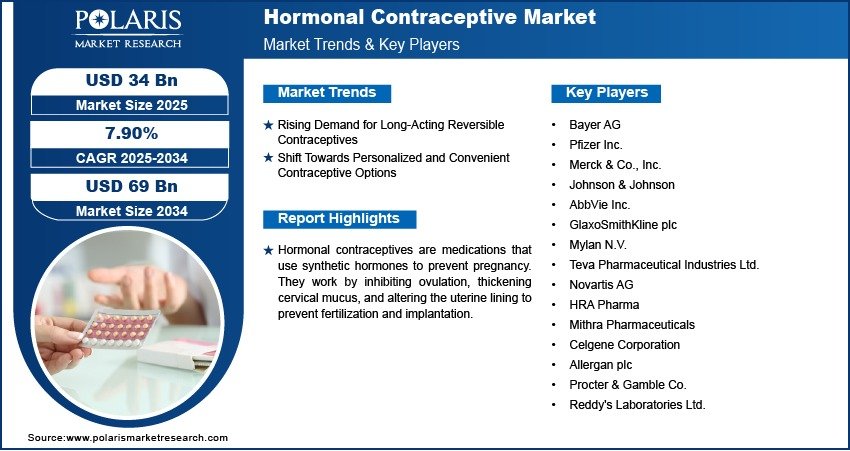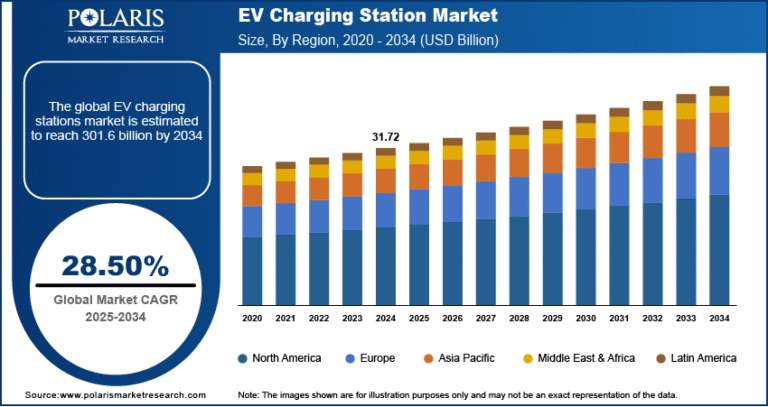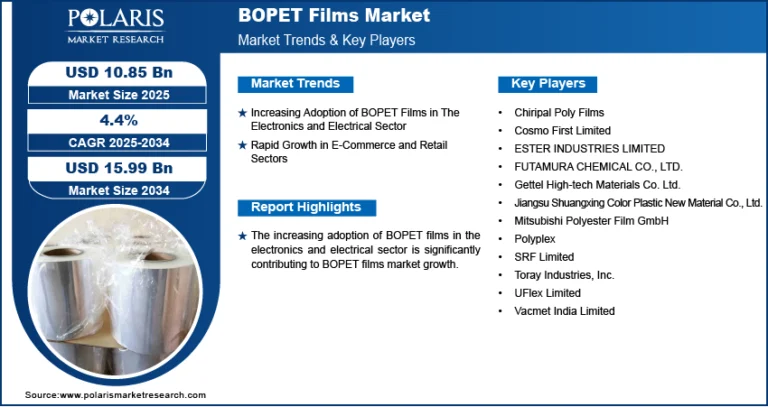Hormonal Contraceptive Market Size Expected to Reach $69 Billion by 2034 | CAGR: 7.90%

The global Hormonal Contraceptive Market was valued at USD 32.5 billion in 2024 and is projected to grow at a CAGR of 7.90% from 2025 to 2034. This growth trajectory is primarily driven by increasing awareness surrounding family planning, women’s reproductive health, and rights, alongside expanding access to hormonal contraceptive options across developed and developing regions.
Market Overview:
Hormonal contraceptives work by regulating hormone levels to prevent pregnancy, and they include a variety of products such as oral pills, injections, implants, vaginal rings, and hormonal intrauterine devices (IUDs). These products are highly effective, easy to use, and offer additional benefits such as menstrual cycle regulation and treatment for hormonal imbalances, making them a preferred choice for millions of women worldwide.
With rising literacy levels, improved access to healthcare services, and the active involvement of governments and NGOs in promoting birth control methods, the demand for hormonal contraceptives is on the rise. Furthermore, improved product availability through retail pharmacies, clinics, and online platforms has further facilitated access to these solutions.
Key Market Trends:
A key trend observed in the hormonal contraceptive market is the increasing shift toward long-acting reversible contraceptives (LARCs) such as hormonal IUDs and implants. These products offer extended protection and reduce the chances of user error, which contributes to their growing popularity. Additionally, digital health platforms are being increasingly used to provide prescription services and home delivery of contraceptive products, enhancing consumer convenience and compliance.
Another notable trend is the rising demand for male hormonal contraceptives, which are currently under clinical trials. Their potential future approval could diversify the market and create new growth avenues. Also, technological advancements in drug delivery systems—such as the development of transdermal patches and vaginal rings—are enhancing the efficacy and safety of contraceptive methods.
Market Size & Forecast:
|
Market size value in 2024 |
USD 35.5 billion |
|
Market size value in 2025 |
USD 34 billion |
|
Revenue Forecast in 2034 |
USD 69 billion |
Request for Free Sample:
Key Market Opportunities:
The global hormonal contraceptive market is poised to benefit from expanding access in low- and middle-income countries through international initiatives aimed at increasing reproductive health services. As cultural taboos reduce and family planning becomes more normalized in emerging markets, significant untapped potential awaits manufacturers.
Another opportunity lies in customized contraceptive solutions based on individual health profiles. Personalized medicine is a growing field, and hormonal contraceptives tailored to specific hormonal levels, age groups, or preexisting conditions could see robust demand.
In addition, the increased participation of women in the workforce and greater control over reproductive decisions are encouraging women to adopt reliable and long-term birth control options, further boosting the market.
Market Scope:
The hormonal contraceptive market spans a wide range of end-users including hospitals, gynecology clinics, retail pharmacies, and e-commerce platforms. Geographically, North America currently leads the market, supported by high awareness, favorable healthcare infrastructure, and supportive government initiatives. However, Asia Pacific is expected to witness the fastest growth over the forecast period due to rapid urbanization, rising healthcare expenditure, and changing societal attitudes toward reproductive health.
Product innovations, strategic collaborations, and awareness campaigns are expected to keep the market dynamic. As demand continues to grow, manufacturers and healthcare providers have ample scope to expand their services, innovate, and meet evolving consumer needs.
In summary, the hormonal contraceptive market is set to experience strong and consistent growth, driven by increased public awareness, medical advancements, and expanding global access to effective contraceptive solutions.






